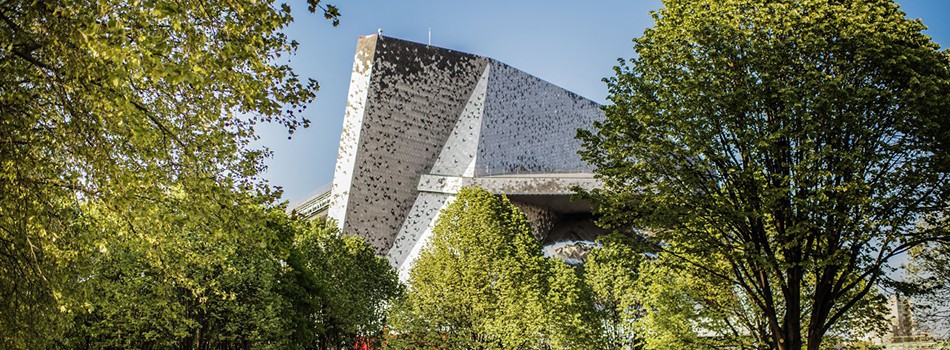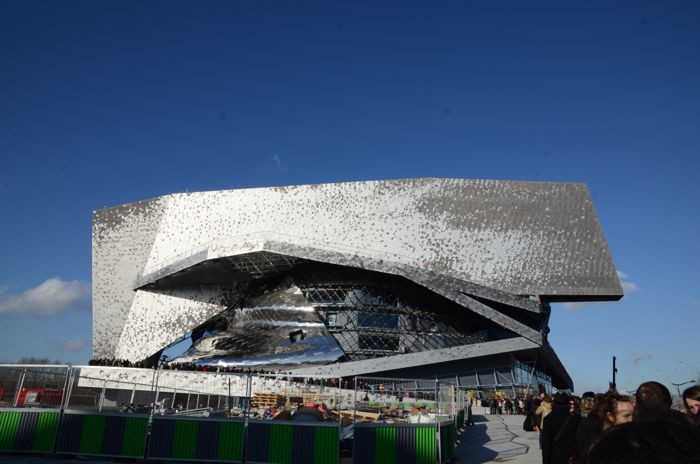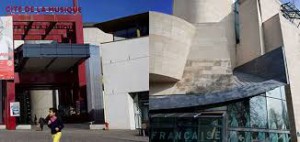By: Frank Cadenhead
There was considerable concern about the future of the Philharmonie complex when it opened its doors in January of 2015. It was two years later than originally scheduled and almost three times the original cost estimate. It was still not totally finished and was in a poor area of town next to the highway that circles Paris. Would it attract the bourgeois audiences accustomed to going to traditional venues in the center of the city?
The first year was a surprising success even though the famed architect who designed it, Jean Nouvel, protested that his ideas were not fully achieved. The Orchestre de Paris, one of the principal residents, saw their traditional audience augmented by new attendees (“They applaud between movements!” it was noted with a shake of the head). The house was always full, whether for soloists, chamber groups or visiting orchestras and the outreach to local kids to experience music attracted thousands of participants. The dramatic architecture became part of the landscape as you drive by on the Boulevard Périphérique.
The real measure of its success has just been made public: the results of the second year of operation suggests that the success of the first year was not a fluke. The Philharmonie complex which includes the new hall, now named the Salle Pierre Boulez, and the earlier hall in the adjacent Cité de la Musique, counted 1.2 million seats filled, a remarkable 97% of capacity in 2016. This is essentially the same as the first year (a fractional 10,000 seats less) and points to a complex which is now an integral part of the Parisian music scene. Ticket sales, business and foundation donations and even international donor support guarantee 53% of the budget and the future looks secure. The support of the state (34 million euros) and the city (6 million) continues without counting the auxiliary benefit of the jump in real estate prices in the surrounding area along with other signs of local economic growth.
The just-opened Elbphilharmonie in Hamburg, also absurdly over budget, is architecturally dramatic and has a similar open auditorium and widely-praised acoustics. Will it follow Paris and become not only a landmark which will be an important part of the city’s identity but produce corollary financial returns and new audiences? The Paris experience suggests yes.


